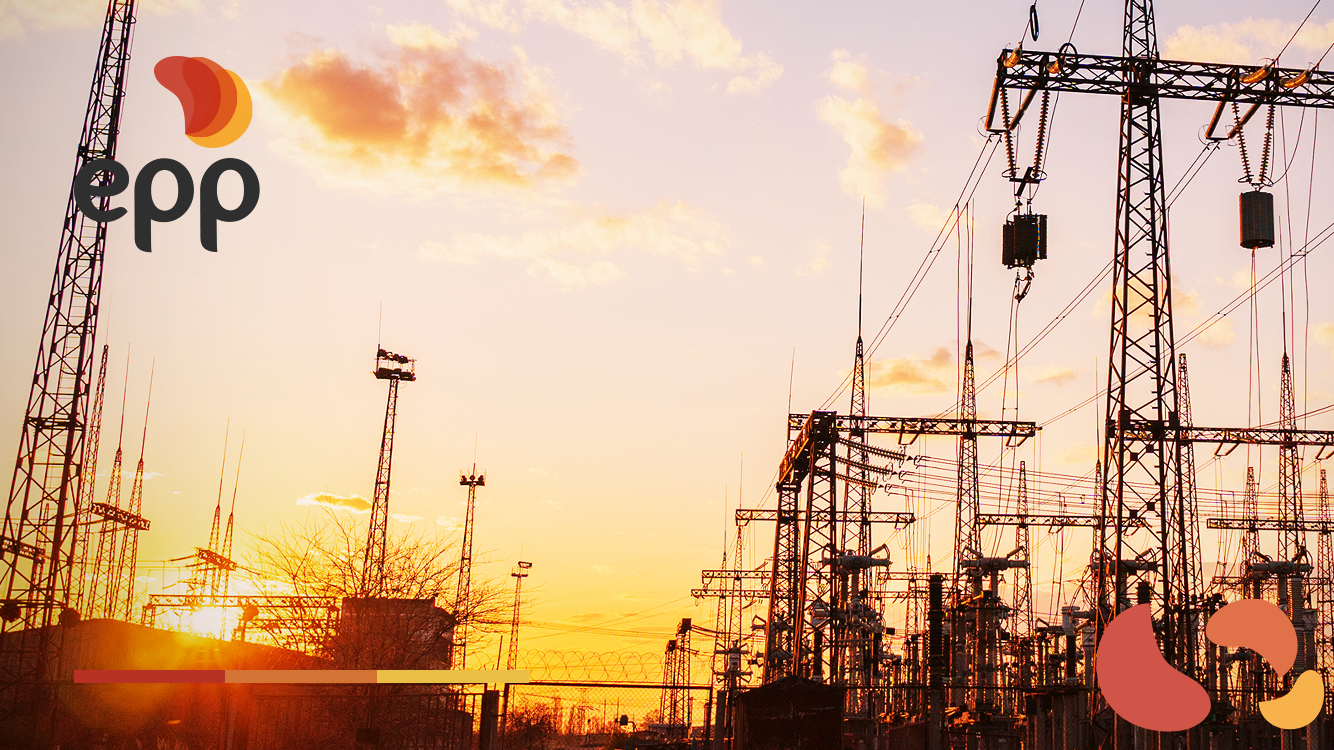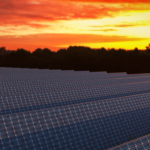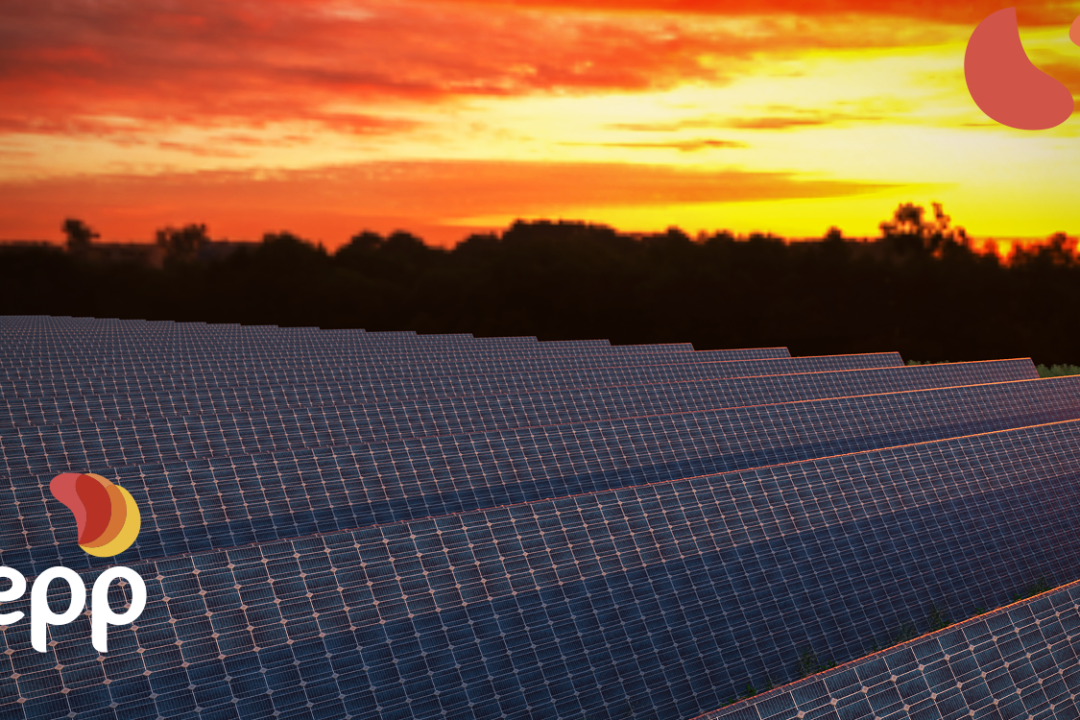Distributed generation in Brazil is constantly growing and brings benefits such as economy, independence and sustainability. See the evolution!
In a simplified way, distributed generation is the possibility for Brazilian consumers to generate their own electricity, either from renewable sources or qualified cogeneration. The standard came into effect in 2012, through ANEEL Normative Resolution No. 482/2012.
This model has been gaining acceptance and relevance, as it is a counterpoint to the idea that only large power plants and electric companies could produce and distribute energy. In the centralized model, the consumer has little negotiating capacity, having to be subject to pre-existing contracts and models. Thus, DG gains strength and relevance, mainly due to its flexibility and independence.
How did distributed generation develop in the country?
Power generation close to the consumer has already taken place in the past. However, since the 1940s, generation in large centrals has become cheaper, and consumer interest in DG has decreased.
The Brazilian electricity grid is called the National Interconnected System (SIN) and connects generating plants to transmission lines. In other words, a generating unit in the North helps to supply a large metropolis in the Northeast. The problem with this system is that energy becomes more expensive and there are more losses due to distance, in addition to the Brazilian energy dependence on energy produced in hydroelectric plants.
To avoid this centralization and dependency, distributed generation makes a difference. When most users opt for this model, using solar panels or wind systems or biomass, the energy generated locally meets the demand, avoiding system overload.
What is GD and what are its benefits?
According to current law, this model allows the use of any renewable source, such as solar energy, biomass, biogas, small hydropower plants and wind energy. It is also allowed to use qualified cogeneration — a concept defined by ANEEL that establishes a minimum total energy efficiency for the generation of electrical and thermal energy with natural gas.
Distributed microgeneration refers to a generating plant with an installed power of up to 75 kilowatts (KW) while minigeneration refers to a power above 75 kilowatts and less than or equal to 5 megawatts connected to the distribution network.
One of the benefits of distributed generation is that when the amount of energy produced is greater than that consumed in that period, the consumer will have a credit on the bill to be used in the next 60 months, called remote self-consumption.
The model is also interesting for condominiums, with the possibility of undertakings with multiple consumer units, in addition to shared generation, which allows the creation of a consortium or cooperative for the construction of a shared unit.
What are the growth prospects and challenges of the GD model?
Distributed generation is a global trend. After all, more and more consumers are looking for more economical and sustainable models. In addition, the current scenario in the country is one of imminent rationing and increases in electricity tariffs. For these reasons, expectations for the growth of DG in the country are high in the coming years.
In the first half of 2020, the number of consumer units in this model reached the mark of 400 thousand units, an increase of 78% compared to the same period of the previous year. However, it still represents a small portion of the Brazilian electricity matrix, around 2%.
Projections by the Energy Research Company (EPE) indicate that the current installed capacity in distributed generation is 176 GW. The sector expects an expansion of 67.9 GW, reaching 221 GW in 2029. The expectation is for growth mainly in industries, which are finding increasingly more accessible alternatives for their projects.
One of the challenges of the model is the modernization of the Brazilian electricity sector, which needs to develop and offer possibilities and subsidies for more people to opt for distributed generation. Modernization and changes in legislation also encourage more private investment, which is so important to the sector.
Another point is the evolution of technology, which in the long term will make the components necessary for the creation of plants increasingly cheaper, consequently, the energy in this model will be more accessible.
Therefore, it is essential that distributed generation continues to advance in the country, as it brings benefits to society, users and the entire electricity system. The model has a low environmental impact, reduces network loading, minimizes losses, diversifies the electrical matrix and promotes savings for users.






